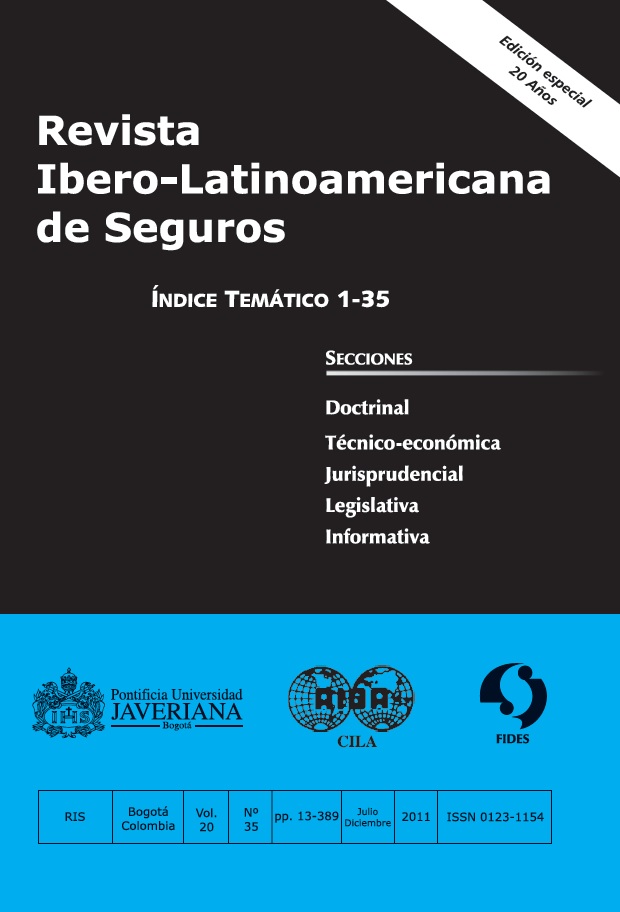Abstract
The aim of this analysis is to use risk factors in a model to analyze claim severity data. Pure premium calculation is usually based on the prediction of the expected claim frequency multiplied by the average loss. Typically, risk factors have been used by insurance companies for modeling expected claim frequency by using regression models or by segmenting the portfolio of insured risk groups. This paper analyzes the behavior of loss cost in health insurance portfolios by using a causal model designed to assess the influence of factors such as age and sex not only in the expected number of accidents but also in the claim cost. The methodology is based on generalized linear models with additive or multiplicative interaction between the rating factors.
We conclude that both age and sex are risk factors with significant influence in Health Care and Medical Insurance allowing better prediction of the severity of the incident instead of averaging the cost for all policyholders. The next goal is to investigate how to integrate models of frequency and severity simultaneously.
This journal is registered under a Creative Commons Attribution 4.0 International Public License. Thus, this work may be reproduced, distributed, and publicly shared in digital format, as long as the names of the authors and Pontificia Universidad Javeriana are acknowledged. Others are allowed to quote, adapt, transform, auto-archive, republish, and create based on this material, for any purpose (even commercial ones), provided the authorship is duly acknowledged, a link to the original work is provided, and it is specified if changes have been made. Pontificia Universidad Javeriana does not hold the rights of published works and the authors are solely responsible for the contents of their works; they keep the moral, intellectual, privacy, and publicity rights.
Approving the intervention of the work (review, copy-editing, translation, layout) and the following outreach, are granted through an use license and not through an assignment of rights. This means the journal and Pontificia Universidad Javeriana cannot be held responsible for any ethical malpractice by the authors. As a consequence of the protection granted by the use license, the journal is not required to publish recantations or modify information already published, unless the errata stems from the editorial management process. Publishing contents in this journal does not generate royalties for contributors.


